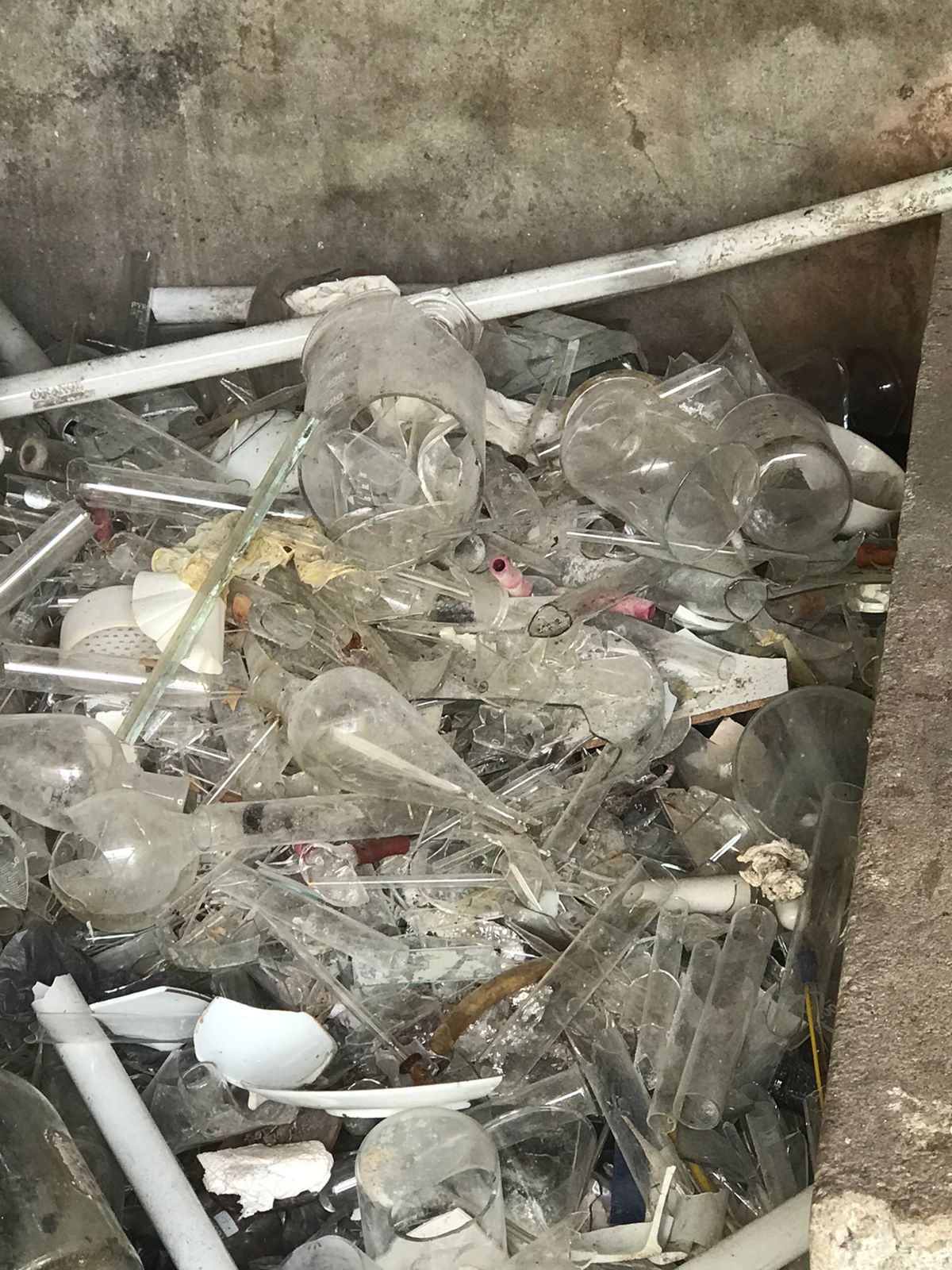Glass waste in universities comes from various sources including glass bottles, containers, lab equipment, and windows. These items can be found in cafeterias, laboratories, classrooms, and administrative offices.
Glass waste recycling at universities follows a structured process. Initially, glass waste is segregated from other waste types at the source and placed in designated recycling bins strategically located across campus. These specialized bins are specifically used for collecting glass materials within university premises.
After collection, the glass waste is quantified and then transported to recycling facilities. Through collaboration with local recycling companies, the collected glass waste undergoes effective recycling, thereby bolstering the university’s sustainability initiatives. To date, the university has contributed around 4,150 kilograms of waste glass to a recycling company, signifying a significant milestone in our pursuit of sustainability objectives.


